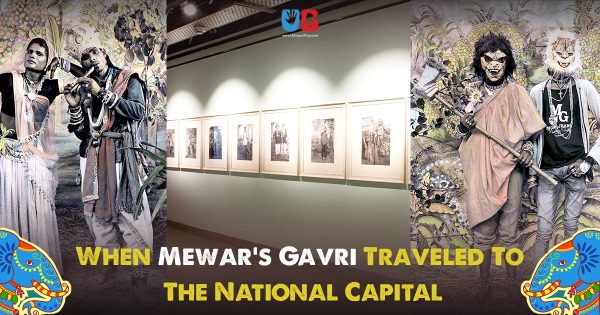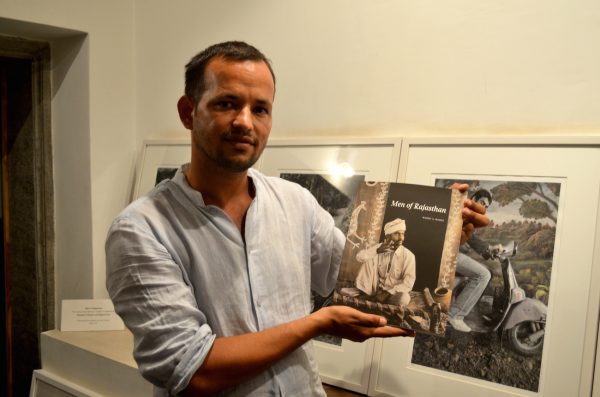Posted inFeatured
When Mewar’s Gavri Traveled To The National Capital
Rajasthan is a state of culture, heritage and royalty, and primary among the attributes of the state, is the kingdom of Mewar, the place where festivals, tribes, rituals and folk…

